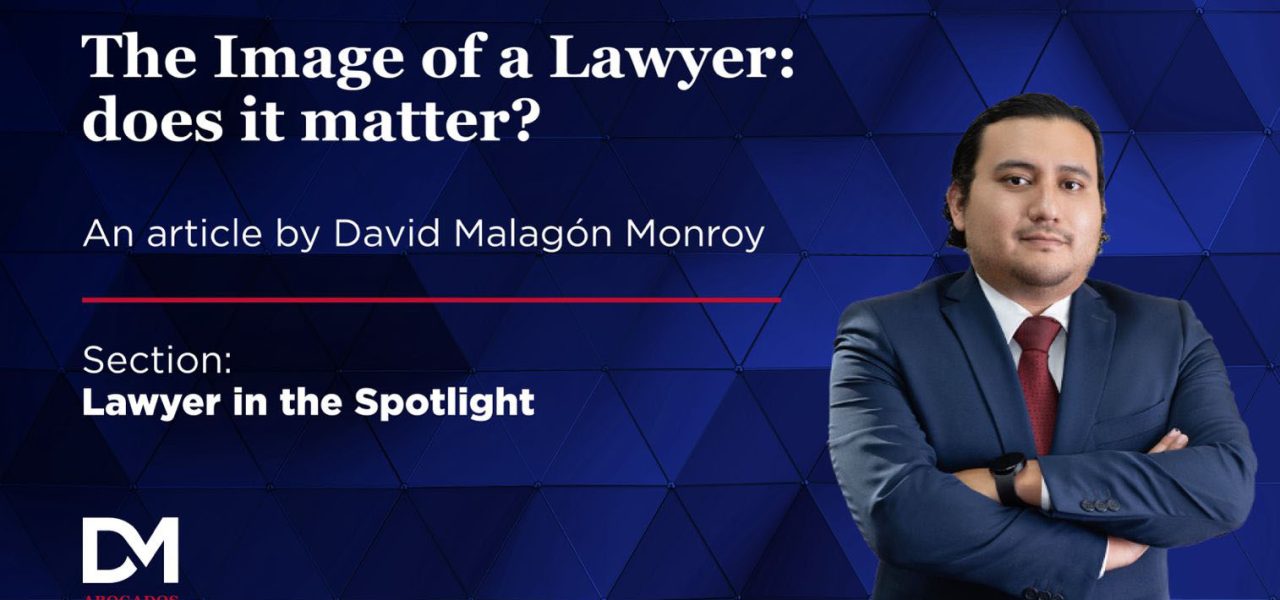When we think of a lawyer, we typically imagine someone wearing a full suit—with a tie and jacket at all times—short hair for men or formal hairstyles for women. However, this perception has evolved in many ways. Nowadays, lawyers don’t always adhere to this dress code, despite some resistance within the profession itself. Many large law firms and senior attorneys from the old school still expect students or new lawyers to follow these traditional guidelines.
Today, I believe that many companies, clients, and people in general have gradually shifted away from the idea that a great lawyer must conform to these stereotypes. Instead, they focus more on competence and the quality of service. Often, our first interactions with clients happen via email or phone calls. By the time they see us in person, they already know the quality of our work, making physical appearance a secondary concern. However, this is not yet a universal reality—some people still judge a lawyer’s abilities based on their appearance. If a lawyer doesn’t wear a suit, has long or colored hair, piercings, or visible tattoos, they may face skepticism about their legal skills.
Personally, I have received comments in different settings questioning whether my “appearance” allows me to serve clients effectively, whether anyone says anything to me at the office, or even suggesting that I should stop getting more tattoos because they “don’t match the lawyer’s outfit.” These situations can be uncomfortable because such choices are deeply personal. In fact, they can even boost self-confidence by allowing individuals to express their identity. And there is nothing better than a confident lawyer—self-assurance is essential for providing excellent service to the clients we represent.
Although perceptions of lawyers’ appearances have evolved over time, there is still a long way to go. Many law firms and independent lawyers have introduced policies like “Casual Fridays” or adopted alternatives to wearing suits all the time. Dress pants paired with different shirt styles are increasingly accepted, and even in meetings or courtrooms, it is becoming more common to see lawyers wearing polo shirts.
The next step is to stop reinforcing these outdated ideas among new generations of lawyers. I remember that my law school had plaques with sayings like, “To be a great lawyer, you must look like one.” Some professors even required students to wear a suit for exams—an expectation that makes no sense, since knowledge is not found in a suit. By changing this mindset, established law firms could also refine their recruitment processes to prioritize skills over appearance. Job interviews often focus first on how a candidate looks rather than what they know—which is something that needs to change.
These steps could even help normalize a new image of lawyers among the general public. Without the stereotype in mind, clients could focus on whether the lawyer advising them is capable of solving their legal issues, rather than being distracted by their hairstyle, piercings, or tattoos.
New generations play a crucial role in these changes. If I could share one piece of advice with them, it would be: Don’t be afraid to be yourself just because you’re studying law and think it doesn’t fit the profession. Opportunities will continue to open, but it is up to us—and to them—to push these changes forward and prove that our abilities go far beyond what people see at first glance.
Although our profession is constantly evolving with new technologies and ideas, some aspects still face resistance. However, this is a journey that must be taken. In the end, to be a great lawyer, one must always stay up to date, never stop learning, and always prioritize the interests of their clients—regardless of whether they wear a suit… or not.



